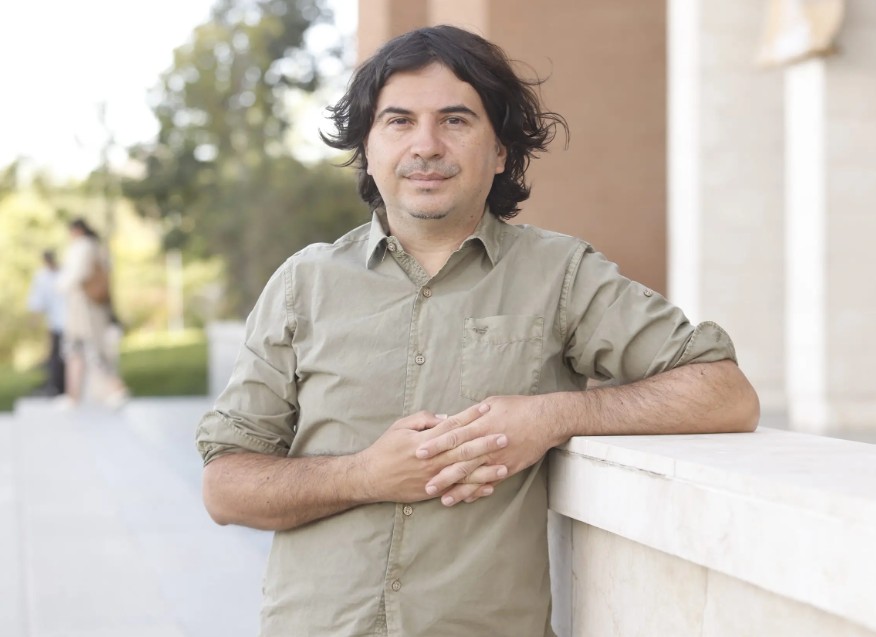The team installed a network of 100 microclimatic sensors that will collect data over a 10-year period, enabling the identification of microrefugia, specific sites that harbor favorable climatic conditions even at scales of a few meters.
In response to the accelerating impact of climate change, academic Patricio Pliscoff, researcher at the Center for Territorial Studies of Universidad de los Andes, has developed an innovative tool to identify areas that can serve as climatic refuges throughout Chile. The project, funded by Fondecyt and called "Climate-Change Refugia: A New Biogeography Tool for Spatial Prioritization of Chilean Ecosystems, "marks a turning point in environmental conservation planning in the country.
. Climate refugia are areas that, due to their geographic and climatic conditions, can mitigate the effects of climate change, providing shelter for plant and animal species.
"Today, many ecosystems and species are forced to move to cooler or wetter areas due to rising temperatures and decreasing rainfall," explains Pliscoff. Identifying these refuges is crucial to protect biodiversity in a country as diverse and vulnerable as Chile.
The research team designed a unique methodological framework that incorporates three key variables: geodiversity, biodiversity, and the rate of climate change. Applied to the entire continental territory, this approach enabled the identification of macrorefugia; for example, in Patagonia, where many coincide with primary native forests that remain almost unaltered by humans.
In central Chilethe findings are more alarming: 95% of the areas with high value as climate refuges are not officially protected. "This means that key areas for the future of our biodiversity remain unrecognized and legally unprotected," warns Pliscoff.
The Case of the Zapallar Forests
A key part of the study focuses on the Zapallar Forestsin the Valparaiso Region. In this unique enclave, the team installed a network of 100 microclimatic sensors that will collect data over a 10-year period. These sensors make it possible to identify microrefugia, specific sites that host favorable climatic conditions even at scales of a few meters.
The research also included camera traps to monitor fauna, collection of insects (entomofauna), and an exhaustive survey of flora and vegetation in more than 150 sites. "This work not only generates a current map of biodiversity, but also allows us to compare with records from 40 years ago and observe how the landscape has changed," explains Pliscoff.
Additionally, the company installed a weather station and a system for measuring the coastal camanchaca (fog), in collaboration with the Atacama Desert Center of the Catholic University. These data will be key to understanding how sea moisture contributes to keeping these ecosystems alive.
Impact on public policies
One of the major achievements of the project is that its results are already being incorporated into public policies. The new Biodiversity and Protected Areas Service law includes, for the first time, the concept of climate refugia, and the National Plan for Adaptation to Climate Change in Biodiversity establishes a target for 2029: to incorporate climate refuges in at least one legal conservation instrument.
"This opens the door for the state, private organizations and local communities to act with concrete tools," says Pliscoff.
With this work, Pliscoff and his team not only advance the science of conservation, but also promote a change in the way Chile plans and protects its natural heritage. "Conservation today cannot be static. We need dynamic tools, informed by science and developed in dialogue with society. Climate refuges offer us concrete hope in the face of climate change," concludes the researcher.

Academic Patricio Pliscoff.

